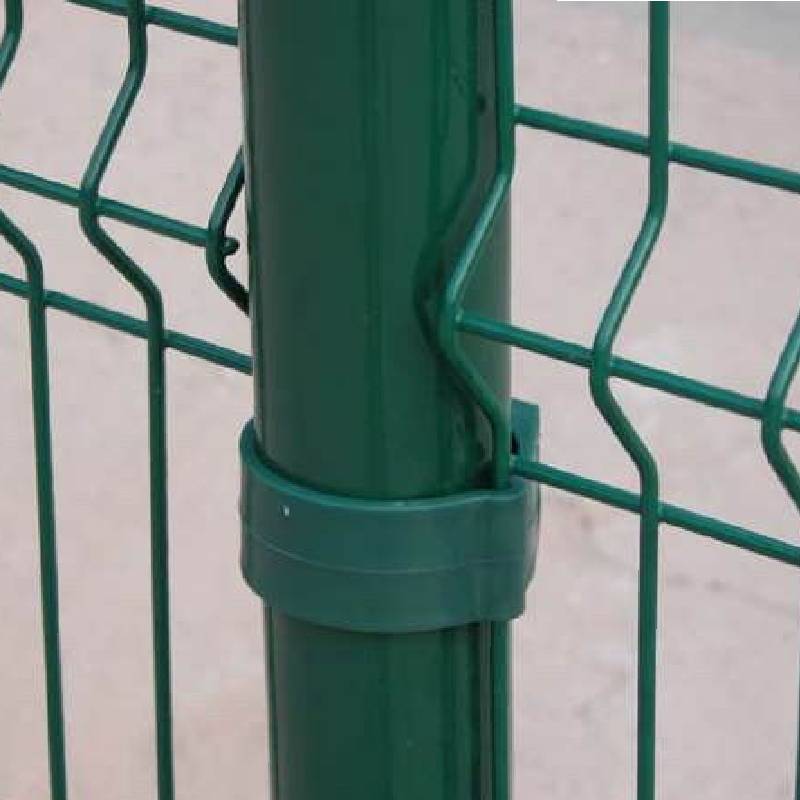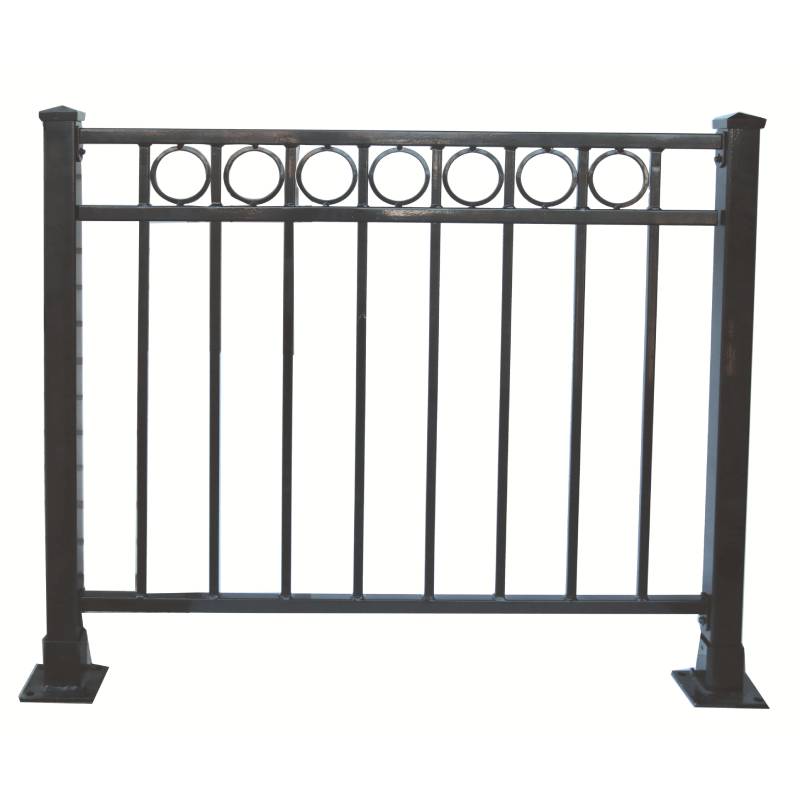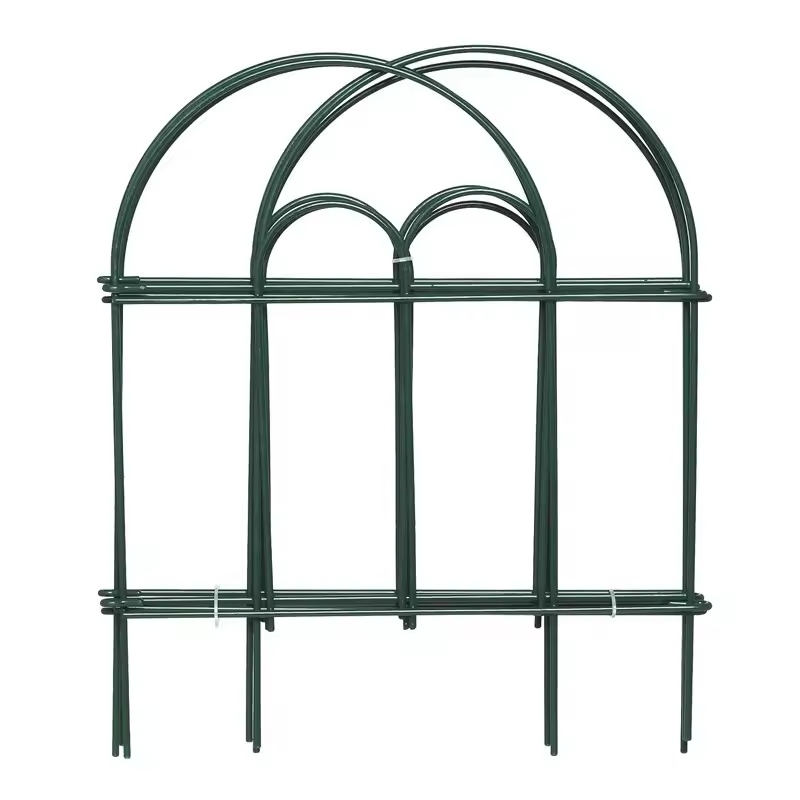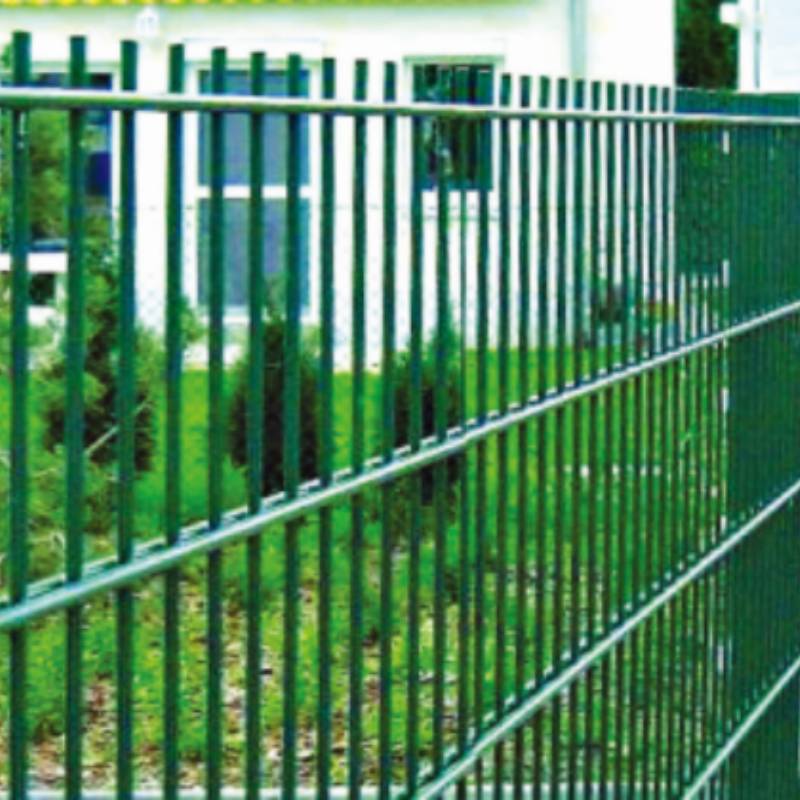-
Surel:zhao@hyliec.cn
-
Telp:+86 311 85273988
-
Ada apa:8613931128750
-
 Afrika
Afrika -
 bahasa Albania
bahasa Albania -
 Amharik
Amharik -
 Arab
Arab -
 orang Armenia
orang Armenia -
 Azerbaijan
Azerbaijan -
 Basque
Basque -
 Belarusia
Belarusia -
 Benggala
Benggala -
 Bosnia
Bosnia -
 Bulgaria
Bulgaria -
 Katalan
Katalan -
 Cebuano
Cebuano -
 Korsika
Korsika -
 Kroasia
Kroasia -
 Ceko
Ceko -
 Orang Denmark
Orang Denmark -
 Belanda
Belanda -
 Bahasa inggris
Bahasa inggris -
 Esperanto
Esperanto -
 Estonia
Estonia -
 Finlandia
Finlandia -
 Perancis
Perancis -
 Frisian
Frisian -
 Galisia
Galisia -
 orang Georgia
orang Georgia -
 Jerman
Jerman -
 Orang yunani
Orang yunani -
 Gujarati
Gujarati -
 Kreol Haiti
Kreol Haiti -
 hausa
hausa -
 Hawaii
Hawaii -
 Ibrani
Ibrani -
 Tidak
Tidak -
 Miao
Miao -
 Hongaria
Hongaria -
 Islandia
Islandia -
 igbo
igbo -
 bahasa Indonesia
bahasa Indonesia -
 orang Irlandia
orang Irlandia -
 Italia
Italia -
 Jepang
Jepang -
 Jawa
Jawa -
 Kannada
Kannada -
 kazakh
kazakh -
 Khmer
Khmer -
 Rwanda
Rwanda -
 Korea
Korea -
 Kurdi
Kurdi -
 Kirgistan
Kirgistan -
 TBC
TBC -
 Latin
Latin -
 Latvia
Latvia -
 Lithuania
Lithuania -
 Luksemburg
Luksemburg -
 Makedonia
Makedonia -
 Malgashi
Malgashi -
 Melayu
Melayu -
 Malayalam
Malayalam -
 Malta
Malta -
 Maori
Maori -
 Marathi
Marathi -
 Mongolia
Mongolia -
 Myanmar
Myanmar -
 Nepal
Nepal -
 Norwegia
Norwegia -
 Norwegia
Norwegia -
 orang oksitan
orang oksitan -
 Pashto
Pashto -
 Orang Persia
Orang Persia -
 Polandia
Polandia -
 Portugis
Portugis -
 Punjabi
Punjabi -
 Rumania
Rumania -
 Rusia
Rusia -
 Samoa
Samoa -
 Gaelik Skotlandia
Gaelik Skotlandia -
 Orang Serbia
Orang Serbia -
 Bahasa inggris
Bahasa inggris -
 Shona
Shona -
 Sindhi
Sindhi -
 Sinhala
Sinhala -
 Orang Slovakia
Orang Slovakia -
 Slovenia
Slovenia -
 Somalia
Somalia -
 Orang Spanyol
Orang Spanyol -
 Sunda
Sunda -
 Swahili
Swahili -
 Orang Swedia
Orang Swedia -
 Tagalog
Tagalog -
 Tajik
Tajik -
 Tamil
Tamil -
 Tatar
Tatar -
 Telugu
Telugu -
 Thai
Thai -
 Turki
Turki -
 orang Turkmenistan
orang Turkmenistan -
 Orang Ukraina
Orang Ukraina -
 Urdu
Urdu -
 Uighur
Uighur -
 Uzbekistan
Uzbekistan -
 Orang Vietnam
Orang Vietnam -
 Welsh
Welsh -
 Membantu
Membantu -
 Yiddi
Yiddi -
 Yoruba
Yoruba -
 Zulu
Zulu
Pagar Panel
Wholesale Metal Fence Panels ?
Wholesale metal fence panels are a popular choice for those looking for durable and secure fencing solutions. These panels are often made steel materials providing a
strong and long-lasting option for garden fencing. They are available in various designs and sizes, making them suitable for a wide range of applications. Wholesale options offer cost-effective solutions for purchasing metal fence panels in bulk, making them ideal for contractors, landscapers, and property developers looking to install fencing on a larger scale.
Is It Cheaper To Buy Fence Panels Or Build Them?
The cost of buying fence panels versus building them can vary depending on several factors. In general, buying pre-made fence panels can be cheaper and more time-efficient than building them from scratch. Pre-made panels are mass-produced, which often makes them more cost-effective due to economies of scale. Additionally, purchasing fence panels can save on labor costs, as they are typically easier and quicker to install compared to building a fence from individual components. However, building a fence from raw materials allows for more customization and control over the design, which may be a priority for some individuals. It's important to consider the specific requirements, budget, and time constraints when deciding whether to buy or build fence panels.
How To Install A Panel Fence?
To install a panel fence involves several steps:
1. Measure and plan: Determine the length of the fence and calculate the number of panels needed. Plan the layout and ensure the fence posts are installed at the appropriate intervals to accommodate the panels.
2. Install the posts: Dig holes for the fence posts, ensuring they are deep enough to provide stability. Set the posts in concrete and allow them to cure before attaching the panels.
3. Attach the panels: Once the posts are set, attach the panels to the posts using appropriate fasteners such as screws or nails. Ensure the panels are level and properly aligned.
4. Add finishing touches: Depending on the type of panels used, additional finishing touches such as capping, trim, or paint may be required to enhance the appearance and durability of the fence.
5. Maintenance: Regular maintenance, such as cleaning and sealing, may be necessary to ensure the longevity of the fence panels.
It's important to follow the manufacturer's instructions and local building codes when paneling a fence to ensure proper installation and compliance with regulations. If in doubt, it's advisable to consult with a professional or seek guidance from experienced individuals.








